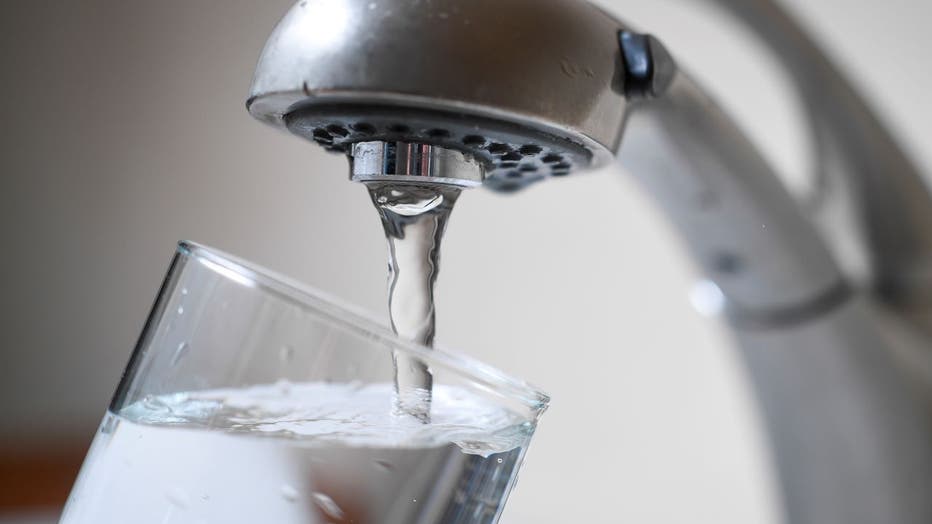Elevated lead levels found in some St. Paul homes, buildings
ST. PAUL, Minn. (FOX 9) - Elevated levels of lead have been discovered in some homes and buildings in St. Paul.
St. Paul Regional Water Services (SPRWS) in a press release on Monday said it found elevated levels of lead in drinking water in some homes and buildings, with tap water sampling showing 13 samples were above the 15 parts per billion action level for lead.
Lead can get into the drinking water as it passes through a household's plumbing system, SPRWS said. It can cause serious health problems, especially for pregnant women and young children. Lead can cause damage to the brain and kidneys, and can interfere with the production of red blood cells, among other health issues.
The City of St. Paul is hosting a public meeting on lead in SPRWS drinking water from 5-7 p.m. on Tuesday, Nov. 28 at 1900 Rice St. You can find out if you have lead service lines by visiting this website.
What SPRWS is doing about lead in drinking water
SPRWS says it's working to minimize lead exposure in several ways. Among them:
- SPRWS has a 10-year plan to remove all lead service lines in St. Paul at no cost to homeowners. It was launched in 2023.
- SPRWS offers a lead assessment program and financial assistance to remove lead prior to the Lead Free SPRWS' removal.
- SPRWS uses a process called corrosion control to treat water to minimize leaching when the water interacts with lead.
How to reduce exposure to lead in water
SPRWS gives the following tips to reduce your exposure to lead:

A photo illustration of tap water in a clear glass drinking glass in West Reading, PA Tuesday afternoon June 15, 2021. (Photo by Ben Hasty/MediaNews Group/Reading Eagle via Getty Images)
- Clean your aerator. At least once a quarter, remove your aerator from your drinking water faucet and rinse out the filter to remove any small particles.
- Let the water run before using it for drinking or cooking. The more time water has been sitting in your home’s pipes, the more lead it may contain. If you have a lead service line, let the water run for 3-5 minutes. If you do not have a lead service line, let the water run for 30-60 seconds.
- If you have a lead service line, let the water run for 3-5 minutes.
- If you do not have a lead service line, let the water run for 30-60 seconds.
- Use cold water for drinking, cooking, and preparing baby formula. Hot water absorbs more lead from pipes than cold water. Boiling water does not reduce lead levels and may actually increase them.
- Test your water at SPRWS or one of the many laboratories that offer this service: SPRWS offers free water testing to residents in our service area. Please contact us at 651-266-6350 for information on obtaining a water sample container. Search for other accredited laboratories at: https://eldo.web.health.state.mn.us/public/accreditedlabs/labsearch.seam
- SPRWS offers free water testing to residents in our service area. Please contact us at 651-266-6350 for information on obtaining a water sample container.
- Search for other accredited laboratories at: https://eldo.web.health.state.mn.us/public/accreditedlabs/labsearch.seam
- Treat your water or find an alternative source if a test shows your water has high levels of lead: https://www.health.state.mn.us/communities/environment/water/factsheet/poulead.html
- Get your child tested. Contact your local health department or doctor to find out how you can get your child tested for lead if you are concerned about exposure. Find out more information about child lead poisoning prevention: https://data.web.health.state.mn.us/lead
- Find out more information about child lead poisoning prevention: https://data.web.health.state.mn.us/lead

